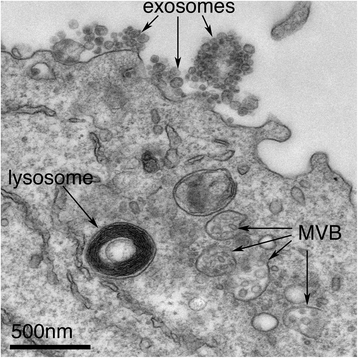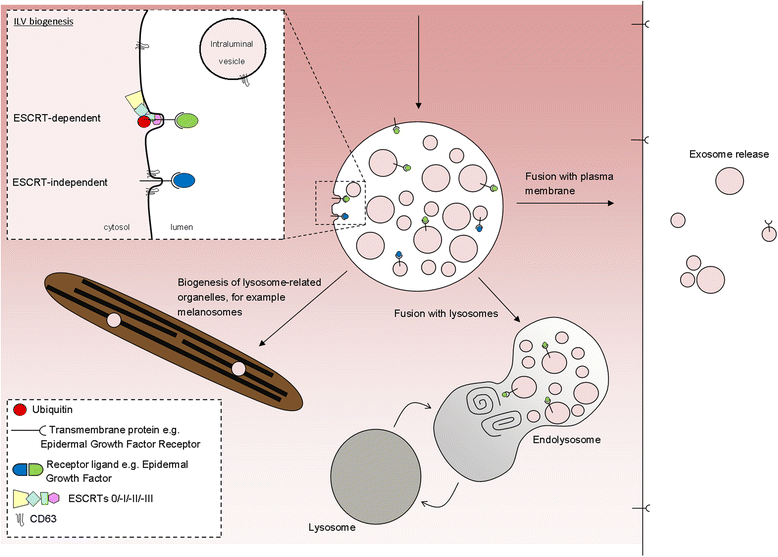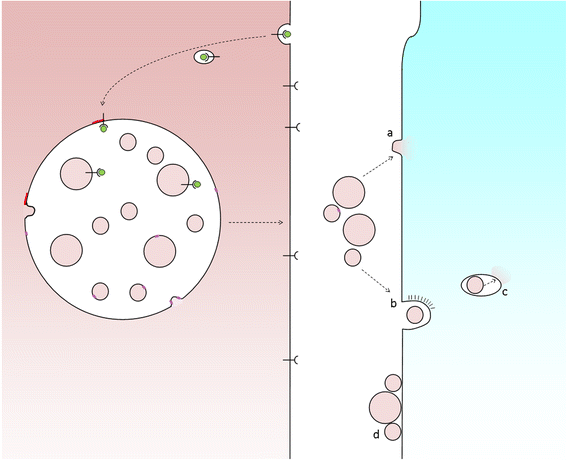Q&A: What are exosomes, exactly?
- PMID: 27296830
- PMCID: PMC4906597
- DOI: 10.1186/s12915-016-0268-z
Q&A: What are exosomes, exactly?
Abstract
Exosomes are extracellular vesicles first described as such 30 years ago and since implicated in cell-cell communication and the transmission of disease states, and explored as a means of drug discovery. Yet fundamental questions about their biology remain unanswered. Here I explore what exosomes are, highlight the difficulties in studying them and explain the current definition and some of the outstanding issues in exosome biology.
Figures



References
-
- Johnstone RM, Adam M, Hammond JR, Orr L, Turbide C. Vesicle formation during reticulocyte maturation. Association of plasma membrane activities with released vesicles (exosomes) J Biol Chem. 1987;262(19):9412–20. - PubMed
MeSH terms
Substances
LinkOut - more resources
Full Text Sources
Other Literature Sources

